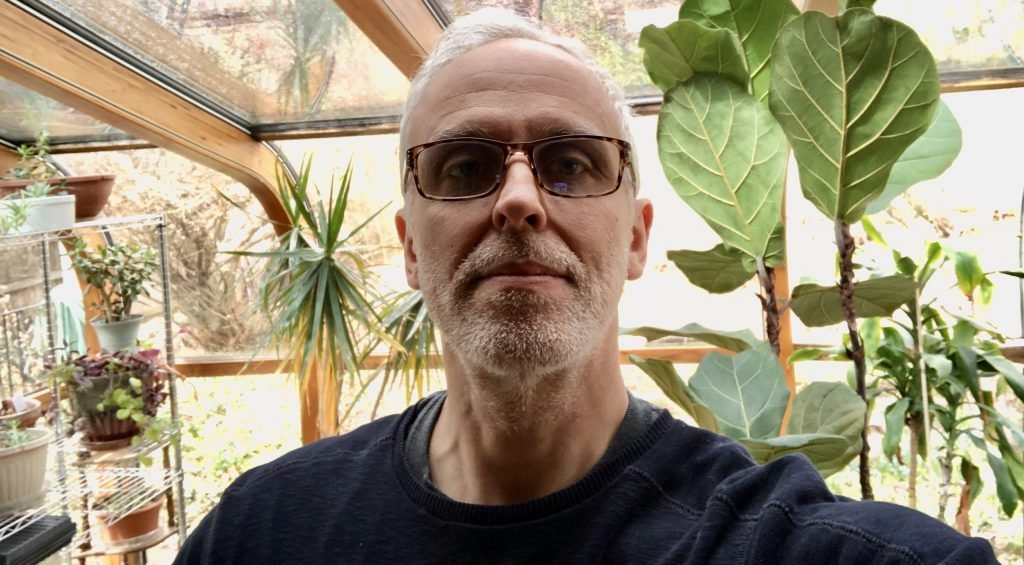The Unseen Battle of a “Bad Day”
Navigating Ehlers-Danlos Syndrome and POTS bad days means experiencing a spectrum of physical sensations, and some days are undeniably worse than others. While I’ve learned there’s always a “worse” day lurking, these particular “bad days” are a unique blend of familiar symptoms amplified, a visceral reminder of the complex interplay between my connective tissue disorder, the autonomic dysfunction it has caused, and other neurological challenges. It’s a day when my body feels like it’s fighting against itself, and simply existing becomes an act of endurance.
The Physical Realities
On these days, a pervasive discomfort settles deep within my muscles. It’s not just a dull ache, but a sharp, burning, and aching sensation, like my muscles have been severely overworked, constantly pulling and contracting without my command. This pain isn’t static; it shifts, primarily affecting my arms, legs, hands, feet, and back, a widespread protest from a body struggling for stability.
My hands, usually tools for my creative pursuits, become slow and uncooperative. Fine motor tasks are particularly challenging and painful. Opening a jar or turning a screwdriver, motions that require a precise grip and rotation, become monumental feats. Even with careful, slow movements, a sudden, sharp pain can pierce through the effort. While gross motor tasks aren’t as severely impacted, the effort required for them is still distinctly noticeable, a clear sign of my body’s diminished capacity.
What is your favorite recumbent exercise?
Adding to the symphony of discomfort is the heightened neuropathy. It’s a sensation I describe as “burning ice”—a paradoxical feeling of intense heat and piercing cold, often accompanied by a deep, internal buzzing or vibration. This isn’t confined to my extremities; it spreads across my hands, feet, forearms, and shins, making my skin feel raw and hypersensitive, as if constantly exposed to extreme temperatures.
My senses, too, become unreliable companions. My vision, already prone to polyplopia, becomes even more distorted, with double or triple images more pronounced, especially with high contrast or moving objects. The tinnitus, a constant ringing in my ears, can escalate into a roaring, high-pitched hum that drowns out other sounds and makes concentration a distant dream. Beyond vision and sound, my light sensitivity skyrockets, adding to an overwhelming sensory input that quickly leads to disorientation and brain fog. If I’m around others, the cacophony of room sounds and the very 3D space of noises become incredibly difficult to process, further intensifying my disorientation and fatigue.
A Day’s Slow Descent
A typical “bad day” often starts subtly. I might wake up feeling relatively okay, able to manage a few small tasks in the morning. But by lunchtime, I can usually sense it coming on. If it is, the day begins a slow, inevitable downhill slide. The symptoms gradually intensify, reaching their peak around 3 or 4 in the afternoon. At this point, the deep muscle pain, the “burning ice” neuropathy, and the sensory overload are at their most oppressive. The rest of the day becomes a waiting game, counting down the hours until evening and the hope of rest.
On these days, my ability to perform daily tasks is severely compromised. Cooking becomes a minimalist affair, relying on the simplest, quickest meals. Cleaning is entirely out of the question. Even personal care, like showering or getting dressed, requires immense effort and strategic breaks to avoid exacerbating the pain and fatigue. It’s a stark reminder of how much my body dictates my daily agenda.
The Weight of Guilt
As an artist, I thrive on being busy, on the joy of having multiple creative projects ongoing. My mind is rarely bored, always seeking the next idea, the next creation. So, when these “bad days” force me into a state of involuntary rest, confined to my bed, listening to audiobooks or watching shows, it’s a stark deviation from my norm. This forced inactivity often brings with it a pervasive sense of guilt. It’s not just the physical discomfort, but the mental burden of feeling unproductive, a fundamental clash with my identity as a creator who values constant engagement.
My cognitive functions also take a hit. Brain fog descends, making it difficult to articulate my thoughts precisely. What I intend to say often comes out short, or as a mere expression of my feelings rather than a clear communication. Following conversations, especially if more than one person is speaking, becomes an insurmountable challenge, further isolating me in my own mental space.
Communicating the severity of these invisible struggles to others is a constant effort. I often try to live normally, to push through, especially in the early hours before the full weight of the “bad day” becomes undeniable. But the invisible nature of the pain, the fatigue, and the cognitive impairment means that even those closest to me can sometimes struggle to truly grasp the depth of what I’m experiencing.
Small Anchors in the Storm
Despite the overwhelming nature of these days, I still try to maintain a semblance of routine and seek small anchors of relief. Hydration is non-negotiable. Compression gear offers a surprising amount of relief from the “burning ice” neuropathy, providing a gentle counter-pressure that somehow lessens the fiery sensation. And even on the worst days, I commit to my low-speed, standing exercises. This means standing in place with a six-foot bamboo pole, watching a 45-minute TV show. I might incorporate simple stretches or leg lifts, or simply shift my weight, but the cardinal rule is “no sitting.” It’s my way of ensuring I’ve done some kind of exercise today, however minimal, to combat stiffness and maintain what little stability I have. Skipping this routine, even on the toughest days, only leads to worse discomfort later.
My evening routine brings its own set of challenges. The lethargic feeling deepens, and the pains in my limbs and head intensify. By 6 PM, I’m often struggling, able to just manage a small, simple meal. After that, it’s back to a show, maybe trying to stand for another 30 minutes, before heading to bed around 7 or 8 PM. By 10 PM, I’m usually tucked in, relying on one last show, podcast, or audiobook chapter to lull me to sleep, which is often fragmented by the persistent pain and restlessness.

While I love a long, hot salt bath for its immediate comfort, I’ve started experimenting with a slightly cooler finish, hoping it might reduce the post-bath laxity my body experiences. It’s a small adjustment, a tentative step towards finding greater, longer-lasting relief. Beyond that, quiet or an easy podcast can be a soothing escape. I consciously try to sit up and avoid lying down too long during the day, hoping to prevent exacerbating my sleep difficulties later.
The mental strain of feeling like I “can’t do much of anything” is persistent. To combat this, I try to engage in activities that are easy and low-intensity but still offer a sense of purpose. Writing a blog post like this, researching new ideas, or even online shopping (a necessary task since I rely on deliveries) can provide a welcome distraction. It’s a continuous internal dialogue, a battle to reframe rest not as idleness, but as essential recovery for a body constantly working overtime. It’s hard to accept, but on these days, simply surviving is enough.

GnarlyTree | DIET AND EATING
Balance Macronutrients for POTS | Smart Eating for Symptom Control
Understanding the Role of Macronutrients in Diet Nutrition When managing POTS, proper diet nutrition is a vital piece of the puzzle. A well-balanced diet macronutrients for POTS can help reduce...



